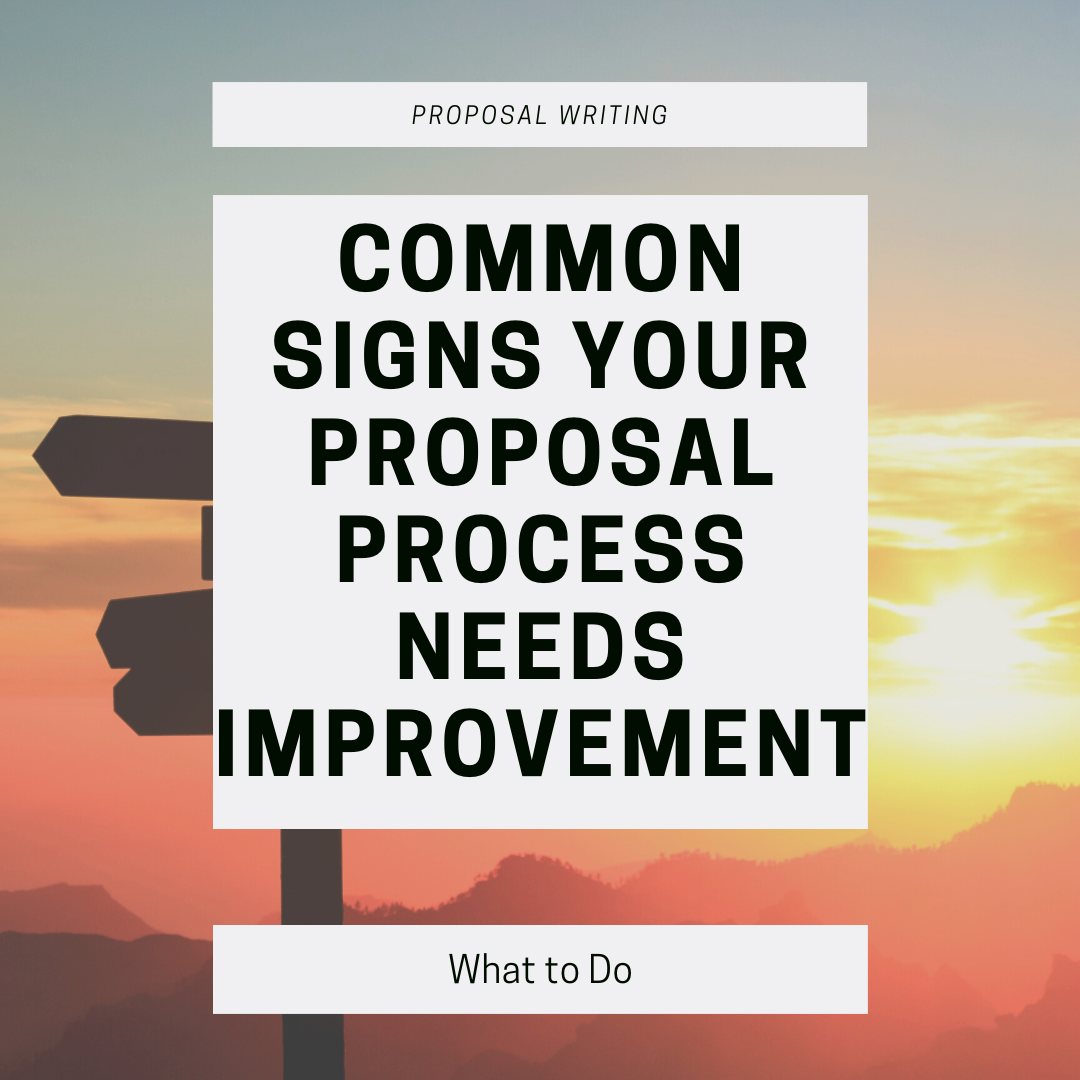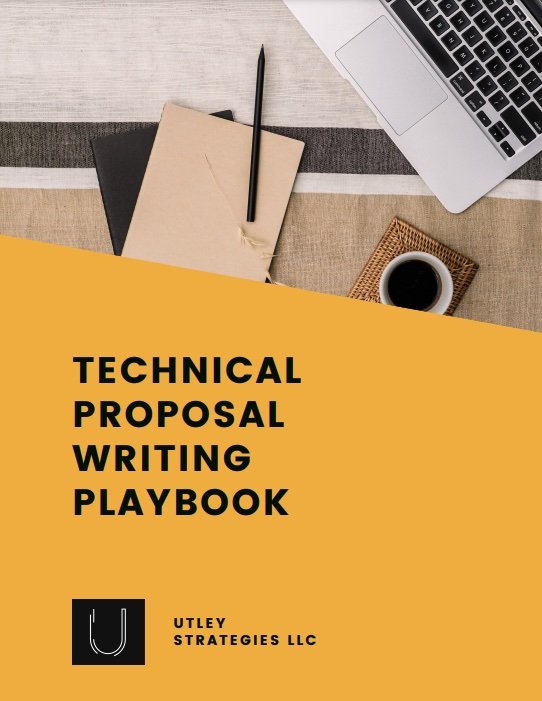Common Signs Your Proposal Process Needs Improvement
Sending proposals to customers is often a high stakes activity. Most have hard deadlines, the potential for tough competition, and the pressure to win a new contract for the business. A clear and repeatable process makes it easier to create winning proposals. If you haven’t updated your proposal process for a while, it may be time to take another look. Below are common signs that your proposal process needs improvement, and what you can do.
You often copy and paste from past proposals.
This first scenario happens across all industries, all sizes of organizations, and all types of work. Even some organizations with dedicated proposal teams copy and paste from past proposals! This approach is time consuming and can hurt your proposal, especially if you accidentally leave in the past customer’s name.
While copying and pasting from your most recent proposal is appealing, it means you’re wasting time searching through past content to use in your new proposal, replacing any information that was specific to that customer, and updating your content for the new customer.
How to improve:
Instead of copying and pasting, review past proposals for strong content and incorporate that content into your content library. At the conclusion of each proposal, pull out any content that can be reused for future clients and save it in a central location. This will save you time in the future and ensure you have content that speaks to all clients rather than one specifically.
Meeting a deadline is challenging.
If you find it difficult to meet proposal deadlines, you’re not alone. Creating a well-thought out proposal is time consuming, and sometimes they take more time than you plan. However, your process should be repeatable enough that you are able to anticipate how long it will take and meet your deadlines.
How to improve:
If you’re consistently missing proposal deadlines or working late to meet them, then establishing a strong content library is a great first step. The most productive and efficient proposal teams have a central library of reusable content that they can pull from for each proposal. That content is then updated for each specific customer.
Another reason hitting the deadlines is hard might be that you’re busy juggling other demands in addition to proposals. In this case, hiring a proposal writer to your team or working with a company can help ease your stress and ensure you create strong proposals by the deadline.
Your proposals aren’t winning.
Spending hours creating proposals to not win any new projects is demoralizing. If you find that you have a low win rate, then it may be time to revisit your proposal process.
How to improve:
There are many factors that can be affecting your win rate. One of the best ways to improve your win rate is to establish a clear scoring or vetting process. This allows you to prioritize your proposals based on the ones you are most likely to win. If there’s an opportunity that isn’t a good fit, don’t respond. Instead, spend your energy customizing the top scoring proposals to speak to the customer. This focused effort will result in a higher win rate.
You start from scratch each time.
If you’re staring at a blank page every time it’s time to create a proposal, then developing a better process will make your proposals significantly easier.
How to improve:
Create a proposal template and content library that you can use as a starting point for future proposals. This boilerplate content can then be customized for each opportunity, which will save you time and allow you to create stronger content faster. It’s easier to edit content than to start from scratch.
If the reason you start from scratch is because your customers have different needs, then work to templatize your approach in some way and use this as a starting point for your content library.
You have no easy-to-use proposal template.
Similar to the above, if you do not have a proposal template that you can use across proposals, then you will waste time completing the same tasks for each proposal. This is an easy way to improve your proposal process.
How to improve:
Create a proposal template that you can use in conjunction with your content library for all future proposals.
There isn’t cohesion across teams.
A common issue for organizations that merged with other companies or grew quickly is having several types of proposals across each team. This can lead to confusion from potential customers if your proposals are dramatically different. It also means that work is being duplicated across the company, and this inefficiency is likely costing money.
How to improve:
Establish a centralized proposal process across all groups. If necessary, have a single proposal team that supports specific segments rather than proposal resources under each segment. Develop a standard template and centralized content library to increase efficiency and cohesion across the company.
It’s not clear who is responsible for creating proposals.
Many smaller organizations require employees to wear many hats. In some cases, this means that sales sends out the proposals. Other times it’s marketing or maybe even an assistant. If there’s not a clear proposal resource for your company, then the approach is likely different from each person, and it makes it hard to streamline your process. This is an inefficient process that can hurt your sales in the long run.
How to improve:
Clearly define who will lead proposal efforts and provide them all of the necessary resources. For example, if sales is responsible for sending proposals to their accounts, provide all sellers the same template and access to the same content library. This allows everyone to spend less time creating proposals and more time winning new customers.




